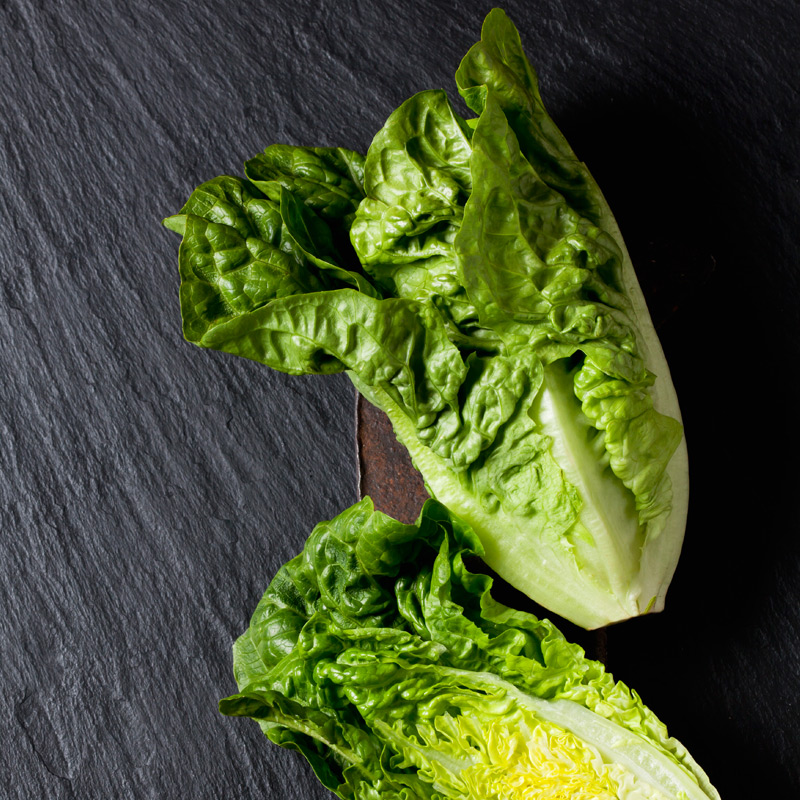
100 gr |
-- |
|
|---|---|---|
| Carbohydrate (gr) | 15.04 |
4928.47 |
| Protein (gr) | 3.59 |
1176.23 |
| Fat (gr) | 12.46 |
4083.43 |
| Fiber (gr) | 1.36 |
445.97 |
| Cholesterol (mg) | 14.64 |
4795.8 |
| Sodium (mg) | 325.27 |
106557.75 |
| Potassium (mg) | 392.16 |
128471.4 |
| Calcium (mg) | 78.15 |
25603.27 |
| Vitamin A (mg) | 46.04 |
15084.01 |
| Vitamin C (mg) | 6.16 |
2019.31 |
| Iron | 0.62 |
203.1 |
Lettuce is one of the most widely consumed vegetables worldwide, celebrated for its numerous health benefits. This green leafy vegetable was cultivated by the ancient Egyptians centuries ago, who used lettuce seeds for oil production and its leaves as food. Today, lettuce is enjoyed raw in salads and cooked in soups and various dishes, providing versatility and nutrition.
Lettuce contains 17 calories per 100 grams.
Lettuce comes in many varieties, including leaf lettuce, romaine, Chinese lettuce, curled lettuce, stem lettuce, and butterhead. Each type offers unique textures and flavors, making lettuce a versatile base for various culinary uses:
Low-Calorie Content: With only 17 calories per 100 grams, lettuce is ideal for those on calorie-conscious diets. It is low in fat and carbohydrates, making it suitable for light meals and snacks.
Rich in Water and Fiber: The high water content in lettuce helps with hydration and provides a feeling of fullness, while the fiber supports digestive health by promoting regularity and preventing constipation.
Cold and Moist Nature: According to traditional dietary classifications, lettuce has a "cold and moist" nature. For balance, it is commonly paired with ingredients like vinegar, cumin, mint, and celery, which are considered harmonizing accompaniments.
Vitamins and Minerals: Lettuce contains essential nutrients such as vitamins A and K, which are important for eye health, bone health, and proper blood clotting. It also provides smaller amounts of folate and other B vitamins, contributing to cell health and energy production.
Lettuce's mild flavor and crisp texture make it a staple in salads, while its leaves add nutrition to soups, sandwiches, and wraps. The versatility and ease of preparation have made lettuce a global